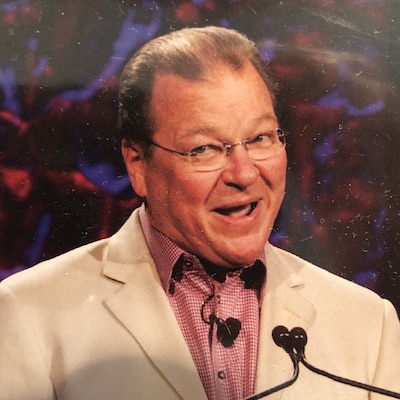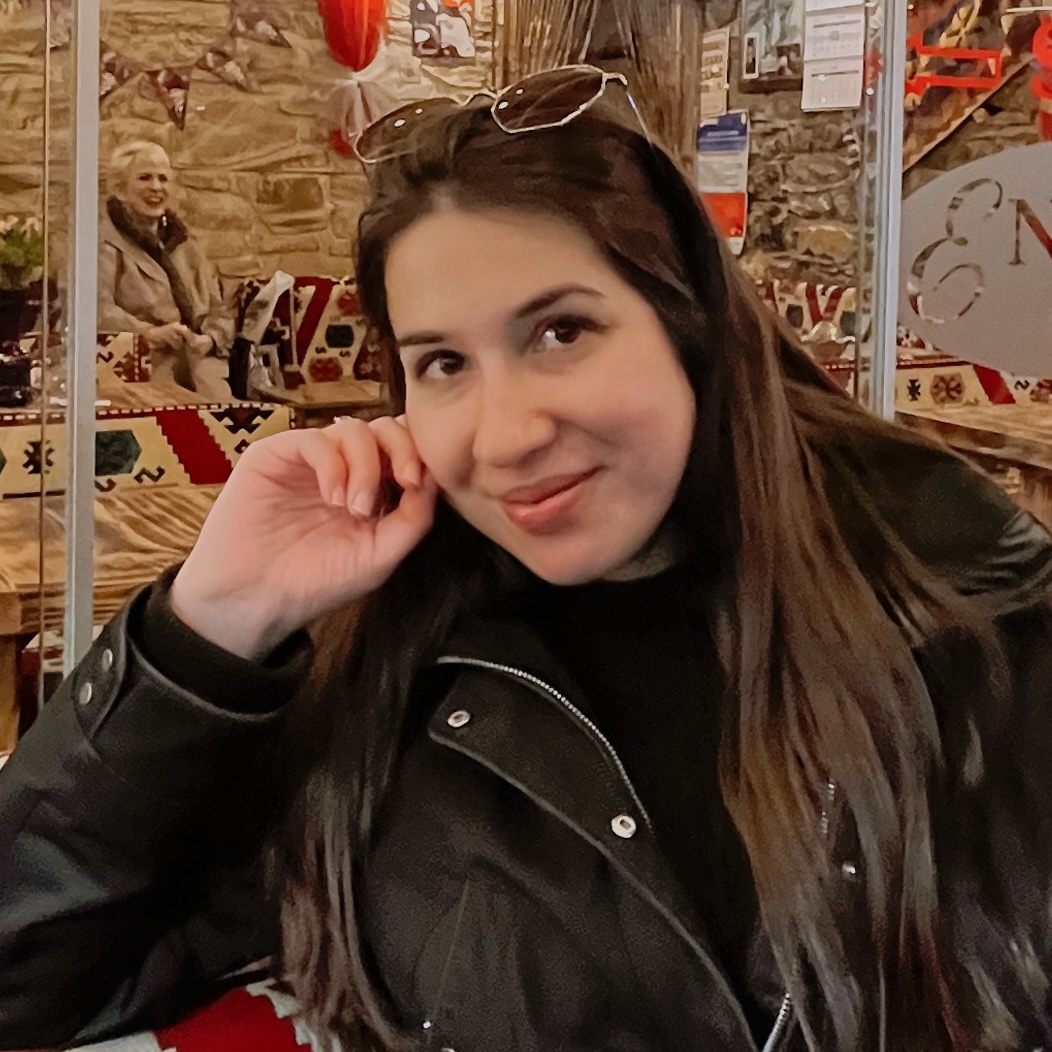What’s the Scoop on Cold Brew?
![]()
I suspect it isn’t rare for any of us to suffer follow-up failure. Times we ‘meant to’ finish sharing a thought or a plan or information with someone and then it becomes too late. The opportunity is gone.
I was unable to finish a follow-up conversation that I had with Alice, a person I really liked but who died last year. The exchange, or lack of it, stayed on my mind. It wasn’t an important or vital conversation, really just about coffee.
Alice liked coffee but she never drank it. She said that it was too acidic and bothered her. I was supposed to send her information about the benefits of cold brewed coffee that tends to be less acidic, but I never got around to it. This blog. in my mind, is kind of finishing that conversation I wanted to have with Alice.
Plus, as summer approaches, a cold drink is often more inviting as opposed to the cold days of the past months. This may be a new beverage alternative for you to enjoy.
Difference between Hot & Cold Brewed?
Aside from the obvious, meaning a variation in temperature, the preparation is also fairly apparent. This description is not meant to insult anyone’s intelligence but to simply make it clear.
When we make our morning coffee, we generally either use a coffee maker to heat and brew it or we boil water for various methods, like pour-overs. The hot water draws out the flavor of the beans (or grounds) and ignites the caffeine. When making cold brewed, we rely on time to do this steeping. Generally, between 12-24 hours. Although you will see that I prefer longer.
The purpose of cold brewing is to make the coffee less bitter than hot brew.
I am going to discuss benefits of cold brew after I lay out the preparation details. According to a variety of research, most (not all) of the benefits in coffee are found in cups brewed at either temperature.
Recipes for Cold Brew
I doubt that it will surprise you that there are various instructions for making home brew. I’ll share my own, which is really based on the maker I use (I’ll explain that too).
Unfortunately for those who don’t like to make decisions, the first step is deciding whether you want really strong coffee or not. Some think that all cold brew is stronger than hot brew. No, not true. It depends on how strong YOU make it. If you use the same ratio of water to coffee, cold brew is often LESS strong. It’s your choice.
Coffee to water ratio determines the strength. Cited ratios often start at 1 cup coffee:8 cups water down to 1:4. The higher ratio of coffee (meaning less water compared to beans) will make the brew stronger, and vise-versa.
NYTimes Recipe
A general New York Times recipe was the first I started to use. That one called for using medium to coarse grind of beans (a common recommendation).
1/3 cups of ground coffee
1 ½ cups of water
Strain after brewing 12-24 hours – double strain may be desired.
Add cold water when serving.
Typical Online Recipes
Place 1 cup of coarsely ground beans into a large jar.
Stir in 4 cups of water.
Cover jar, let brew for 12-24 hours (usually suggested to do in refrigerator).
Use a fine mesh filter lined with cheesecloth to strain grounds – pouring the cold brew through it into another container. Discard grounds. Clean cheesecloth for another use (which I always find a bit of a pain and waste of water).
In an airtight jar, stored in refrigerator, this concentrate will last up to two weeks.
My Recipe
1 coffee scoop of ground espresso beans (my scoop like most is 2 Tablespoons).
6 heaping scoops of regular coffee
(I use flavored coffee. I’ll put the ‘gasp’ in here for you.) That’s a total of 14 tablespoons.
6 cups of water (It’s the amount that fits in my carafe.)
Steep at room temperature or in the refrigerator for 48 hours or more. (Some claim that after 24 hours it can become bitter. I’ve never noticed. It does make it a bit stronger.)
Empty grounds. Will stay fresh for days or even weeks in refrigerator.
No matter how you brew it, cold brew coffee generally keeps well, unlike hot coffee which after a few hours of sitting around is barely drinkable. I’m not the only one who will keep the concentrate for a week or more in the refrigerator.
When serving, it’s customary to add water to the concentrate (often 1:1, so ½ cup water to ½ cup concentrate). Whether using this weaker version, or full strength, you pour your mixture over ice and consider adding cream or milk if it’s your style.
Nitro Coffee
Let me take a brief side-step to discuss this beverage. Don’t let the name fool you. “Nitro” coffee is NOT an explosively strong cup of joe. You may notice it on the menu at the neighborhood or grocery story coffee shop and wonder about it. And why it’s more expensive.
Nitro infuses the coffee using nitrogen gas to change its taste and texture. Sparkling water or ‘seltzer’ uses carbon dioxide gas (CO2) but with a similar process.
When reading about its benefits there’s actually not much difference from cold brew, or even regular brew. However, the taste and texture are different. Often, it’s described as a frothy, foam-like texture and sometimes compared to the smooth feel of beer.
Because the texture is already altered, additions such as milk or cream that we often use to enhance the flavor or texture are generally not used. My opinion is that if you like cream in your coffee, you won’t like Nitro so much.
I may not be the one to promote Nitro, as I personally don’t like it – whether it has cream or not. I have tried both.
Making Nitro at home is also a more complicated option since it requires additional equipment to infuse the nitrogen gas. Since cold brew is easy to make and has a similar taste and all the benefits, I’ll skip the Nitro. And I won’t pay the extra price for less coffee in my cup when ordering it at the café. Apologies to all who love this Nitro fad.
What Product to Use?
If you note under the recipes above, it’s quite possible to use an old jar (or a new jar) to make your cold brew. You might take that old sun tea jar out of storage. Or your French press that you stopped using as a coffee maker. You don’t NEED to have anything fancy. That said, we all seem to like gadgets, especially unique kitchen gadgets.
Cold Brew Coffee makers are no exception. I am not including any of the high-end lovely looking products, like the Kitchenaid. You can always search them out for yourself. But even looking at those $50 or under, there are truly so many I wouldn’t bother listing them all. My one caveat is to warn against buying anything that doesn’t have a permanent filter in it. We don’t want to buy more paper filters when we need to.
 NYTimes Wirecutter pick is the OXO Good Grips 32 Ounce Cold Brew Coffee Maker. Like many Oxo products it has an elegant look to it. Optional (and extra) paper filters are available, but it does have a permeant mesh filter. This product is a bit more costly than others, but you can buy from Oxo at just under $50.
NYTimes Wirecutter pick is the OXO Good Grips 32 Ounce Cold Brew Coffee Maker. Like many Oxo products it has an elegant look to it. Optional (and extra) paper filters are available, but it does have a permeant mesh filter. This product is a bit more costly than others, but you can buy from Oxo at just under $50.
 Takeya Patented Deluxe Cold Brew Coffee Maker with Black Lid Airtight Pitcher was on sale at Kohl’s as I wrote this (for $24). This simple design is very similar to the one I use (mentioned last).
Takeya Patented Deluxe Cold Brew Coffee Maker with Black Lid Airtight Pitcher was on sale at Kohl’s as I wrote this (for $24). This simple design is very similar to the one I use (mentioned last).
 The Coffee Gator Cold Brew Maker is most similar to my own. Very simple design and very inexpensive (you can find it well under $20). Compared to mine, there is one difference that might be good or bad. I’m not buying another one to verify it. Its filter is much narrower. The positive aspect of that is that it might infuse the water more quickly. The not-so-positive is that I can imagine it is even more difficult to clean, one of my small complaints.
The Coffee Gator Cold Brew Maker is most similar to my own. Very simple design and very inexpensive (you can find it well under $20). Compared to mine, there is one difference that might be good or bad. I’m not buying another one to verify it. Its filter is much narrower. The positive aspect of that is that it might infuse the water more quickly. The not-so-positive is that I can imagine it is even more difficult to clean, one of my small complaints.
 The Instant brand (as in the pot) has an Instant cold brew maker that claims to brew in under 20 minutes. Target has the product for under $50. I can’t imagine the results, but everyone loves their Instant pot, so who knows? It works by circulating the brew, agitating it through a vortex (Technology magic). I still worry it is more ‘iced’ coffee than cold brew. One plus is that you tend to use less coffee product (ratio is 1:14). I haven’t tried it yet so I can’t speak to the difference. I might contemplate buying this maker if mine ever breaks (unlikely), but I won’t be considering the fancy one online for almost $800. (Now, THAT’S a real gasp.)
The Instant brand (as in the pot) has an Instant cold brew maker that claims to brew in under 20 minutes. Target has the product for under $50. I can’t imagine the results, but everyone loves their Instant pot, so who knows? It works by circulating the brew, agitating it through a vortex (Technology magic). I still worry it is more ‘iced’ coffee than cold brew. One plus is that you tend to use less coffee product (ratio is 1:14). I haven’t tried it yet so I can’t speak to the difference. I might contemplate buying this maker if mine ever breaks (unlikely), but I won’t be considering the fancy one online for almost $800. (Now, THAT’S a real gasp.)
 Primula Burke Deluxe Cold Brew Iced Coffee Maker with Comfort Grip Handle, Durable Glass Carafe and Removable Mesh Filter. It should specify that the filter also has a removable bottom cap which makes cleaning NOT a breeze, but pretty easy. (I highly recommend avoiding a maker with a filter lacking such a bottom.) My Primula works fine, but I’ll alert you to the fact that the company now has some nicer looking models. My own version is currently difficult to find, other than on Amazon or QVC. Target lists it as ‘out of stock.’ Evidently, you can purchase it at Walmart (around $17), although I am unsure of available colors. I purchased mine at an employee-owned local store called Bi-Mart located only in the northwest. I’ve owned it for approximately 5 years and can still recommend it. Should be found under $20.
Primula Burke Deluxe Cold Brew Iced Coffee Maker with Comfort Grip Handle, Durable Glass Carafe and Removable Mesh Filter. It should specify that the filter also has a removable bottom cap which makes cleaning NOT a breeze, but pretty easy. (I highly recommend avoiding a maker with a filter lacking such a bottom.) My Primula works fine, but I’ll alert you to the fact that the company now has some nicer looking models. My own version is currently difficult to find, other than on Amazon or QVC. Target lists it as ‘out of stock.’ Evidently, you can purchase it at Walmart (around $17), although I am unsure of available colors. I purchased mine at an employee-owned local store called Bi-Mart located only in the northwest. I’ve owned it for approximately 5 years and can still recommend it. Should be found under $20.
Easier on the Stomach, WHY?
Like my friend Alice, lots of people stop drinking coffee because of its ‘acidity’ and tendency to stimulate acid reflux. This uncomfortable situation happens when acid from the stomach flows back up into your esophagus.
According to one source: Coffee promotes gastro-oesophageal reflux, although the study continues on to explain that coffee is not associated with dyspepsia. (It also mentions coffee can help stimulate the gallbladder and colonic motor activity, which most seniors recognize as “it helps you go to the bathroom.”)
Reflux is painful and causes irritation of the esophageal lining. Many folks complain that it also causes indigestion or heartburn.
True, some studies find cold brew to be slightly less acidic, including those which compare hot and cold experiments. Myriad people report the same. Confusingly, some studies show acidity levels of hot or cold coffee around the same 5-6 on the pH scale. (If you remember high school science class better than I do, you’ll recall that lower numbers are more acidic on the ph scale ranging from 0-14).
Acid content in your regular, hot coffee appears only at higher temperatures (like 200°F or 95°C). The lower number of acids in cold brew decreases the bitter taste. Some studies have suggested that it is other elements in the hot beverage (like polysaccharides) that make the cold brew more palatable.
Whatever the actual cause, the bottom line is that cold brew causes less acid reflux or other annoying digestive problems.
Which has More Caffeine? Hot or Cold?
After reading sections above, you may already know the answer to this. Which type of coffee has more caffeine? It depends. Not on the beans, or the coffee, but how you brew it and additionally how you serve it.
Cold brew coffee is made with stronger ratios (as descripted above). But the typical intention is to create a ‘cold brew extract’ which is then blended (diluted) in a 1:1 ratio with water or ice (or both) before serving.
The prepared extract, if undiluted can provide 200 mg of caffeine per cup or more depending on the original ratio of beans to water. However, if it is diluted in the customary manner, it is basically no higher in caffeine content than hot coffee. Some experts list the difference as insignificant. Folks with negative reactions to caffeine will probably disagree.
A typical made-at-home small cup of java has somewhere between 70 -140 mg of caffeine depending how big the mug and how strong the brew. A very small cup of espresso is strong. It may have about 65 mg of caffeine, and a double about 125mg. Decaf is not exactly no caffeine’ – just close. It tends to have 3-10 mg of caffeine in an 8 oz cup. I used to go out with a friend who swore they were serving her ‘full strength’ at night as she reacted strongly to any small amount of caffeine.
The bottom line is how you prepare and serve your cold brew extract. While an average cup of hot or customary cold brew is approximately 100 mg of jolt, if you drink the cold brew without diluting it, you may be consuming twice the caffeine.
The same is true for commercially purchased products. I have used the Trader Joe’s cold brew concentrate, which I think is pretty tasty. If you follow the label recipe, it may offer more caffeine than you desire, more than a ‘normal’ cup of hot coffee. But once again, you can dilute it (or not) as you prefer.
Thus, if someone proclaims either statement – that cold brew or hot brew has less caffeine, you’ll understand that it’s more complicated than that. It’s the ratio, the hours brewed and the way it’s served.
Other Benefits of Cold Brew
The vast majority of research on coffee is done using hot brews. But it is believed that cold brew offers similar effects, minus a few drawbacks.
Some of the benefits of coffee (and caffeine) are questionable, and too vast to cover on a post concentrating on how to make your own cold brew. Perhaps another time I will explore those benefits for the folks who secretly, or not-so-secretly, are coffee lovers. (Just to be clear, I could write even more about tea than coffee.) For now, I will leave you with one difference in cold brew that may be noteworthy.
Maintaining or losing weight is a common goal for many of us. It’s an even more massive subject than coffee benefits. Yet, one small point about cold brew is related and interesting.
Because the concentrate has more caffeine it can help some folks burn more calories when at rest. Further, because it is naturally sweeter than hot brew (this I can attest to), it helps reduce the amount of any sweetener someone may crave in their coffee cup. I wouldn’t promote this as a great weight-maintenance plan, but it’s a plus if you prefer the cold brew taste anyway.
Final Thought
If you love coffee like my friend Alice did, but find it hard on your system, perhaps give cold brew a chance. Times have changed since coffee was a villain in the food category. It has benefits besides keeping you alert and putting you in a better mood. Perhaps I’ll explore those another time. Still, those benefits don’t outweigh discomfort someone feels if coffee (especially hot coffee) bothers them.
Interestingly enough, I have another friend Alice, who just hates the taste of coffee. She need not take up the mantle for cold brew.
—
Title photo credit: Cold coffee Photo by tabitha turner on Unsplash.png
The post What’s the Scoop on Cold Brew? appeared first on Aging with Pizzazz.
























